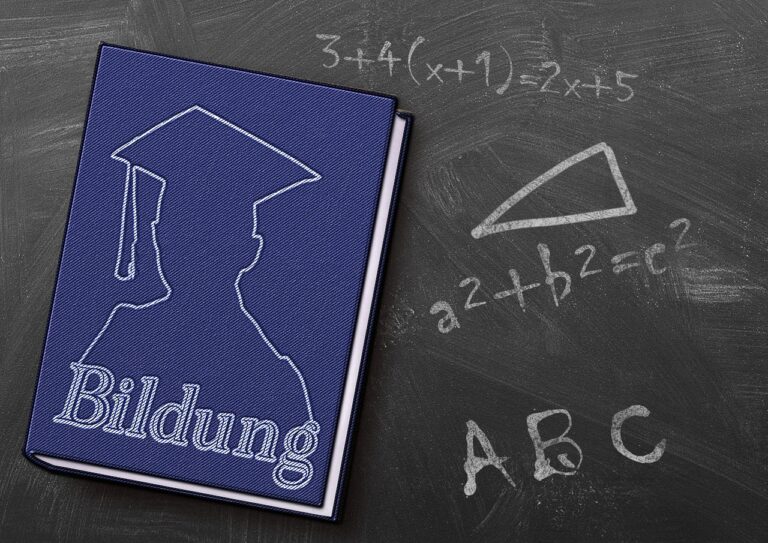How to Implement Effective Math Programs: Sky247 login, Gold365 betting, Gold365
sky247 login, gold365 betting, gold365: Implementing effective math programs can make a significant impact on students’ understanding and performance in mathematics. With the right strategies and resources in place, educators can create a learning environment that fosters mathematical proficiency and success. In this blog post, we will discuss practical tips on how to implement effective math programs in schools.
1. Assess students’ needs
Before implementing a math program, it’s essential to assess students’ current understanding of mathematical concepts. This can be done through diagnostic assessments, standardized tests, or informal observations. By identifying areas of strength and weakness, educators can tailor the math program to meet the specific needs of their students.
2. Set clear learning objectives
Setting clear learning objectives is crucial for a successful math program. Educators should outline the skills and concepts that students are expected to master by the end of the program. These objectives should be specific, measurable, achievable, relevant, and time-bound (SMART) to provide a clear roadmap for student learning.
3. Use a variety of instructional strategies
To keep students engaged and motivated, it’s important to use a variety of instructional strategies in the math program. This could include hands-on activities, group work, technology-based learning, and real-world applications of mathematical concepts. Differentiated instruction can also help meet the diverse learning needs of students.
4. Incorporate formative assessments
Formative assessments are an essential component of an effective math program. These assessments provide ongoing feedback on students’ progress and help educators identify areas that may need additional support. Formative assessments can take many forms, such as quizzes, exit tickets, and peer evaluations.
5. Provide ongoing professional development
To ensure the success of a math program, educators should continuously seek professional development opportunities to enhance their teaching skills and knowledge of mathematics. This could include attending workshops, conferences, or participating in online courses. Collaborating with colleagues and sharing best practices can also be beneficial.
6. Monitor and adjust the program as needed
Monitoring students’ progress and analyzing data are critical components of implementing an effective math program. Educators should regularly review student performance data to identify trends and make informed decisions about adjusting the program as needed. This could involve revising instructional strategies, providing additional support to struggling students, or challenging advanced learners.
FAQs:
Q: How can I involve parents in the math program?
A: Parents can play a crucial role in supporting students’ mathematical learning. Educators can communicate regularly with parents about the math program, share resources for at-home practice, and involve parents in math-related activities and events.
Q: What technology tools can enhance a math program?
A: There are many technology tools available to enhance a math program, such as educational apps, online homework platforms, virtual manipulatives, and interactive whiteboards. These tools can help engage students, provide personalized learning experiences, and reinforce mathematical concepts.
Q: How can I measure the effectiveness of a math program?
A: The effectiveness of a math program can be measured through various means, such as standardized test scores, student performance data, teacher evaluations, and feedback from students and parents. Continuous assessment and reflection are key to gauging the impact of the program.
Implementing an effective math program requires careful planning, ongoing assessment, and a commitment to continuous improvement. By following these tips and strategies, educators can create a learning environment where students can excel in mathematics and develop a deeper understanding of the subject.







